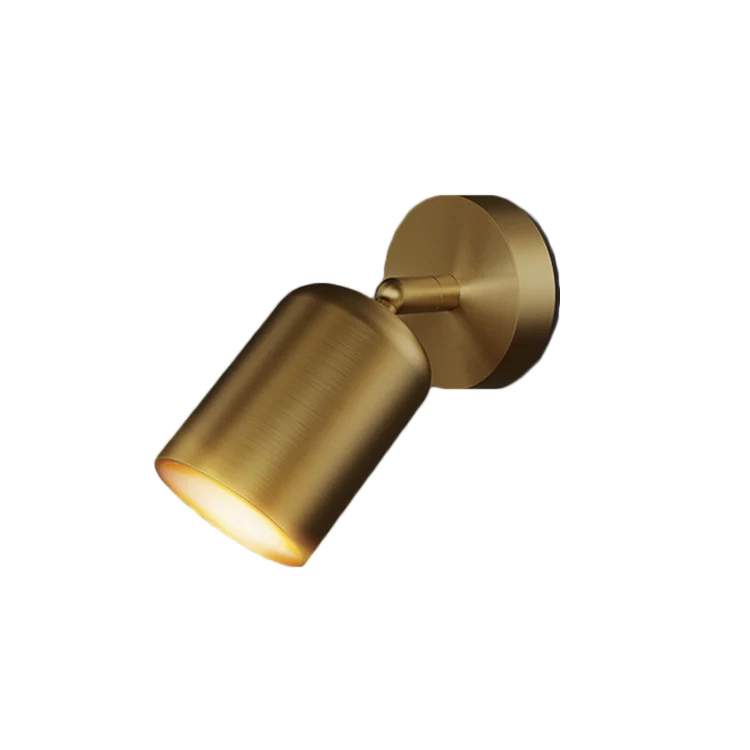LEAFLETS
PRODUCTS
Table Lamp Enhance Your Space
Illuminating Functionality: Beyond the Basic Light
The primary function of a table lamp, of course, is to provide light. But the quality of that light dramatically impacts its usefulness. A harsh, glaring light can strain your eyes and create an uncomfortable atmosphere, while a softer, warmer light fosters relaxation and a sense of calm. Consider the task at hand when selecting a table lamp. A desk lamp for reading needs to provide focused, bright light, possibly with an adjustable arm to direct the illumination precisely where you need it. A bedside lamp, conversely, should offer a gentler glow, perhaps with a dimmer switch to control the intensity and create the perfect sleep environment.
Beyond simple brightness, the color temperature of the light is equally important. Cooler light (with a higher Kelvin temperature) mimics daylight and is ideal for tasks requiring concentration, such as studying or working. Warmer light (lower Kelvin temperature), on the other hand, creates a cozy and inviting ambiance, perfect for relaxing evenings or creating a welcoming atmosphere in a living room. Many modern lamps offer adjustable color temperature settings, giving you the flexibility to tailor the lighting to your needs and mood throughout the day.
The material of the lampshade also plays a crucial role in light diffusion. A translucent shade will produce a softer, more diffused light, while an opaque shade will cast a more directional beam. Understanding these nuances allows you to carefully curate the lighting in your space, creating pockets of focused illumination and areas of softer, ambient light.
Style and Aesthetics: A Statement Piece
Beyond its practical function, a table lamp serves as a significant design element within a room. It's a chance to inject personality and style, complementing your existing décor or acting as a bold focal point. The possibilities are endless: from sleek, minimalist designs to ornate, vintage pieces, the choice is yours. A modern, metallic lamp can add a touch of industrial chic to a contemporary space, while a classic ceramic lamp can introduce a sense of timeless elegance to a more traditional setting.
The lamp's base is often the most visually striking feature, so choose a design that complements your existing furniture and color palette. Consider the materials – wood, metal, ceramic, glass – and the shape – cylindrical, spherical, abstract – to ensure it harmonizes with the overall aesthetic. A well-chosen table lamp can become a conversation starter, reflecting your individual taste and enhancing the visual appeal of your room.
Don't underestimate the impact of the lampshade. Its shape, color, and material significantly contribute to the overall look of the lamp. A patterned shade can add a touch of whimsy, while a plain, solid-colored shade can provide a more understated elegance. Consider how the shade interacts with the light it diffuses – a textured shade will cast interesting shadows, while a smooth shade will produce a more even glow.
Strategic Placement: Maximizing Impact
The placement of a table lamp is equally crucial in maximizing its impact. Avoid placing it in a location where it's overshadowed by other furniture or where its light is blocked. Ideally, position it to highlight a particular area or feature of the room, such as a piece of artwork or a comfortable reading nook. A lamp placed strategically on a side table next to a sofa can transform that area into a cozy and inviting spot for reading or relaxing.
Think about the height of the lamp in relation to other furniture. A tall lamp on a low table might look disproportionate, while a small lamp on a high shelf might be lost and ineffective. Aim for a balanced and visually pleasing arrangement that enhances the overall flow of the room. Consider also the direction of the light – a lamp placed behind a sofa will cast a warm glow on the wall, creating a sense of depth and ambience.
In a bedroom, placing matching table lamps on either side of the bed not only provides symmetrical lighting but also creates a sense of balance and serenity. In a living room, strategically placing lamps can help to divide a large space into more intimate zones. Careful consideration of placement can transform a simple table lamp into a powerful tool for shaping the atmosphere and functionality of your space.
Beyond the Basics: Exploring Different Types
The world of table lamps offers a stunning array of styles and functionalities beyond the standard designs. Consider the benefits of a swing-arm lamp, perfect for directing light precisely where you need it, particularly for reading or working at a desk. Articulating lamps offer unparalleled flexibility, allowing you to adjust the light source to suit various tasks and positions.
For those who appreciate smart home technology, consider integrating a smart table lamp into your existing system. These lamps offer remote control over brightness, color temperature, and even scheduling options, providing ultimate convenience and control over your lighting. Furthermore, some smart lamps offer features such as integrated speakers or wireless charging, further enhancing their functionality.
Ultimately, the best table lamp for your space depends on your individual needs and preferences. By carefully considering functionality, aesthetics, placement, and the various types available, you can select a lamp that not only provides adequate illumination but also elevates the style and atmosphere of your home. The table lamp, far from being a simple accessory, is a powerful tool for shaping your living space into a truly personalized and welcoming environment.
SUBSCRIBE
INQUIRY










